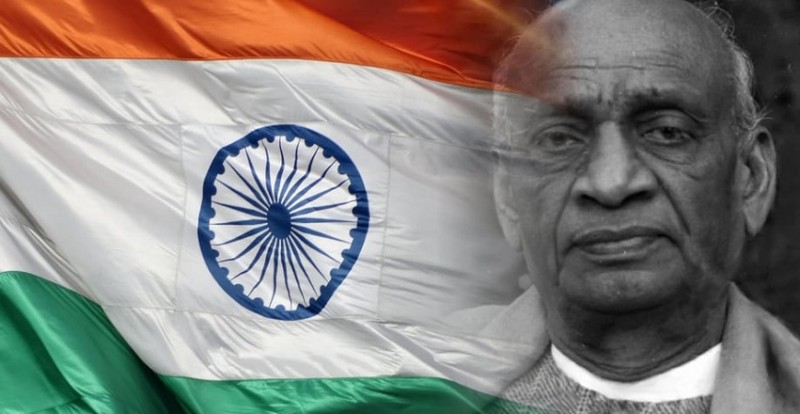
On this day in 1947, Sardar Vallabhbhai Patel, one of the most prominent figures of India's independence movement, was appointed as the first Deputy Prime Minister of India. Patel, often referred to as the "Iron Man of India," played a key role in shaping the early political landscape of the newly independent nation. His appointment came at a time of great significance, just days after India gained its independence from British colonial rule on August 15, 1947.
Patel's Roles and Contributions Post-Independence
During the initial three years following independence, Sardar Patel held multiple crucial positions in the Indian government. Alongside being the Deputy Prime Minister, he served as the Minister of Home Affairs, Minister of Information, and Minister of States. His leadership was instrumental in laying the administrative foundations for the new nation and addressing the challenges that arose during the transition period.
However, Patel’s most notable and enduring contribution to the country was the integration of over 500 princely states into the Indian Union. At the time of India's independence, these princely states had the option to join either India or Pakistan, or to remain independent. Patel, through diplomatic efforts and a firm yet tactful approach, ensured the peaceful accession of most of these states to India. This achievement significantly contributed to the political unification of the country and solidified India's territorial integrity. His actions earned him the title of the "Unifier of India."
Patel's Legacy
Beyond his contributions to the integration of princely states, Patel's influence extended to various areas of governance. He was a strong advocate for administrative efficiency and sought to establish a robust, centrally controlled system to ensure order and stability in the new nation. His work laid the foundation for modern India's bureaucratic and administrative structures.
Patel was also a mentor and guide to many younger leaders in the Indian National Congress, and his pragmatic approach to governance earned him widespread respect across the political spectrum. Despite his towering stature in Indian politics, Patel's relationship with Prime Minister Jawaharlal Nehru was one of collaboration and mutual respect, even though they had differing ideologies on certain matters.
Final Years and Passing
Unfortunately, Sardar Vallabhbhai Patel’s health began to decline in the years following independence. He suffered a severe heart attack and passed away on December 15, 1950, in Bombay (now Mumbai). His death was a significant loss to the nation, but his contributions continue to resonate in India’s political and cultural history.
Patel’s legacy is immortalized in numerous ways across the country. Perhaps the most notable tribute is the Statue of Unity in Gujarat, the world's tallest statue, which was erected in his honor in 2018. It stands as a symbol of national unity and pays homage to his indelible contribution to the making of modern India.
Sardar Vallabhbhai Patel's appointment as India's first Deputy Prime Minister on August 23, 1947, marked the beginning of a new chapter in India's post-independence history. His role in unifying India and shaping the administrative framework of the nation remains one of the most significant achievements in Indian history. As India continues to progress as a united nation, Patel's vision and leadership serve as an enduring inspiration for generations to come.
This Day in World History: Japan Declares War on Germany in World War I